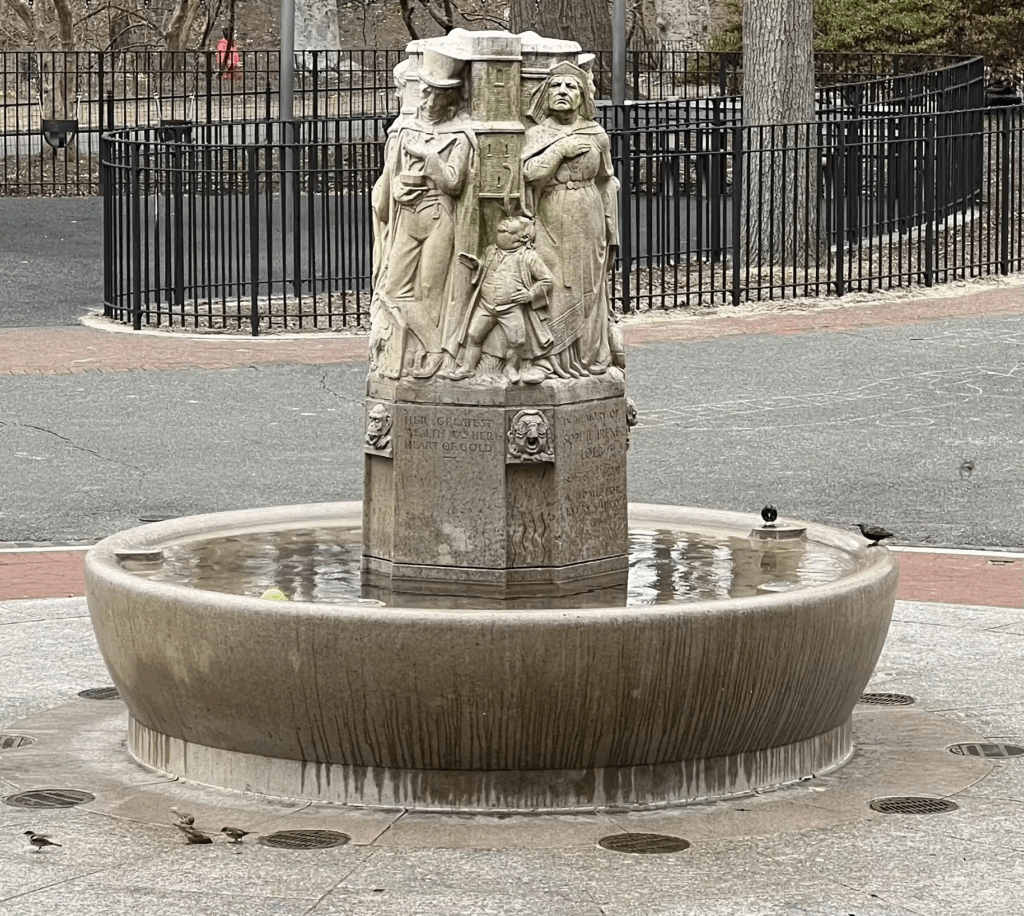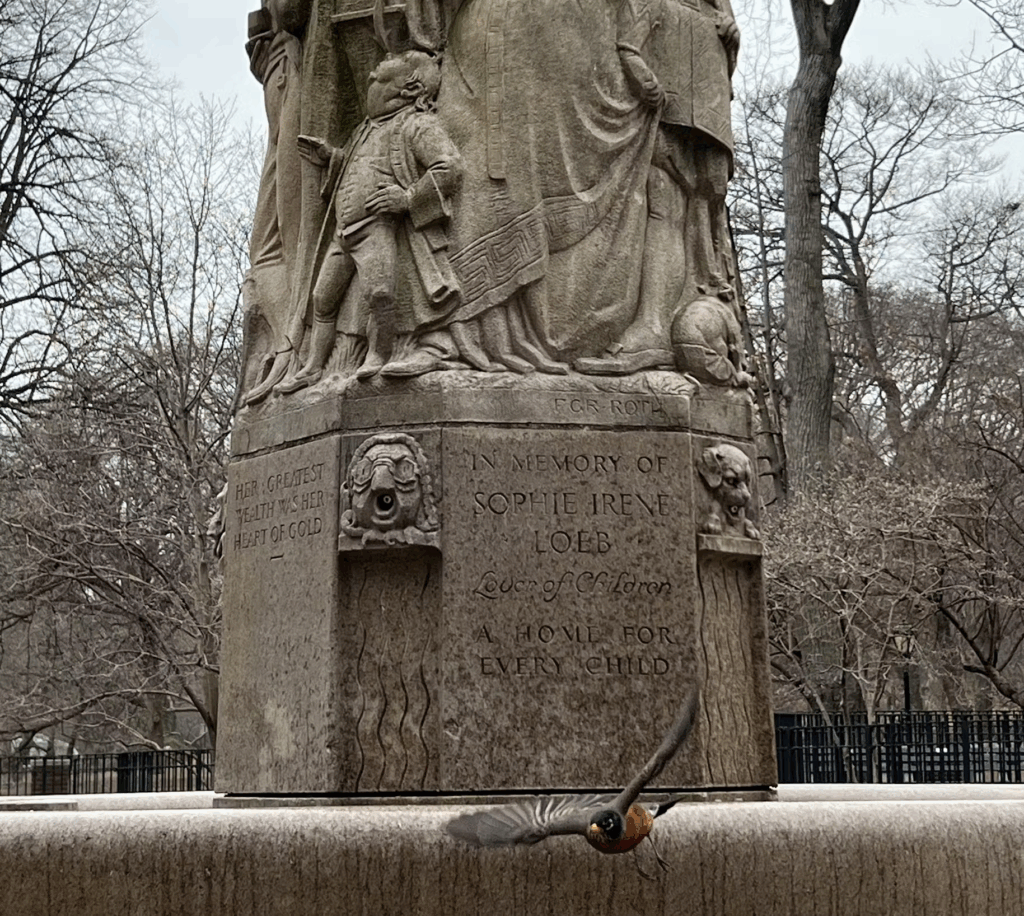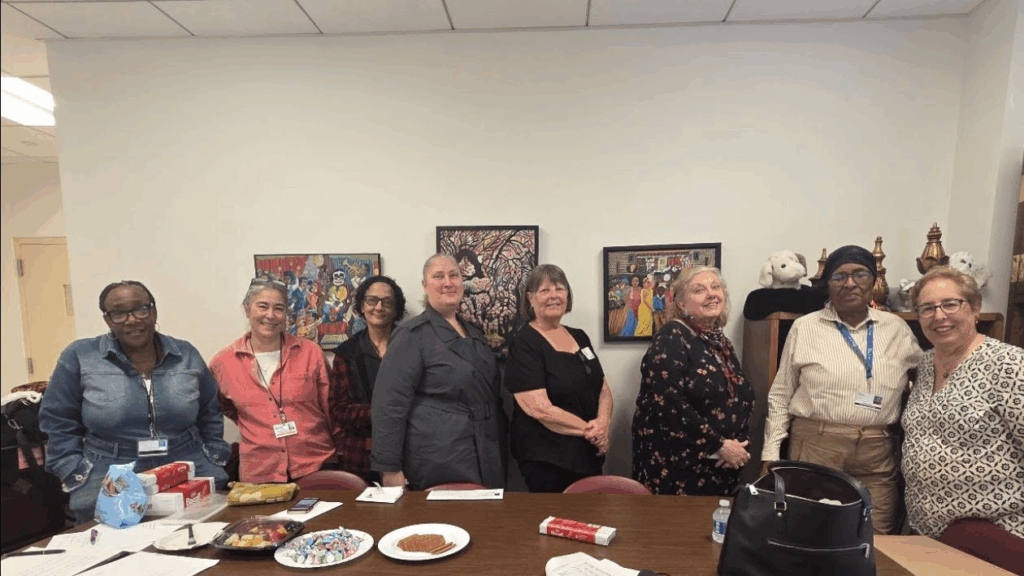Thursday, May 15, 2025 – A WOMAN WHO ADVOCATED AND WORKED FOR FAMIILIES


Remembering Sophie Loeb
THE NEW-YORK HISTORICAL
Keren Ben-Horin
in Women at the Center
Thursday, May 15, 2025
ISSUE #1449
More than 1,000 people attended Sophie Irene Simon Loeb’s funeral in 1929. Her untimely death at 52 was an abrupt end to a life dedicated to social change. Loeb is the subject of this stunning pastel portrait in The New York Historical’s collection, and in this post, the Center for Women’s History dives into her life story.

Penrhyn Stanley Adamson (1877–1957), artist. Sophie Irene Simon Loeb (1876–1929), 1923. Pastel on paper, canvas. The New York Historical, Gift of Dr. Warren Smadbeck, 1942.486
Sophie Simon was born on July 4, 1876, in Russia, and immigrated to Pennsylvania with her parents in 1882, when she was six. Before her father died ten years later, five more siblings were born. While still attending high school, she helped sustain the family by working part-time in a local store. At age twenty, she married Anselm Loeb, the owner of the store, but the marriage didn’t last long.
In 1909, newly divorced and energized, Loeb moved to New York and found a job as an investigative journalist at The Evening World, Joseph Pulizer’s newspaper. Like photographer Jacob Riis, Loeb reported on the lives of impoverished New Yorkers living in the Lower East Side. While doing this work, she became passionate about child welfare. Her own life experience as an adolescent orphan ignited her advocacy for child welfare and led her to focus on conditions in the institutions where the city’s poor children were sent when they lost one or both parents.
For The Evening World, Loeb interviewed widowed mothers whose children were taken and placed in orphanages. At the time, poor mothers were seen as unfit to care for their children and many of the social safety-nets that are in place today did not exist. Loeb researched the conditions and finances behind the city’s orphan asylums and found that the city would actually save money if it paid mothers directly instead of separating children from their families and placing them in rundown orphanages.
Loeb’s professional status helped to advance her volunteer work and advocacy, leading to sweeping social changes that still resonate today. Loeb took advantage of her platform and reputation as a journalist to push for major improvements to the lives of New York City residents. Like other reformers and activists of the time, she demanded that the government address issues of poverty. Loeb founded the Child Welfare Committee of America, served as the president of the Child Welfare Committee of New York for seven years, and participated in the first International Child Congress in 1926. Her advocacy led to the 1915 passage of the Widow’s Pension Law, which prevented the separation of families after the loss of a breadwinning parent, a law that is still in place. In 1920, she published Everyman’s Child, a book that promoted ideas about government responsibility to provide food and education for every child regardless of their means.
Though Loeb never remarried or had children of her own, she devoted herself to New York City’s children. When she died of cancer on January 18, 1929, thousands mourned her passing. Her obituary in the New York Times marked her wide-ranging influence on the betterment of city life: “Though her interest centered in the child, it extended, as did Jacob Riis’s, to the building of better tenements, to the cleaning up of the slums generally, to providing of school lunches and public playgrounds, to protecting of poor tenants and to a score of other matters of community welfare.”

Frederick Roth (1872–1944), sculptor. Loeb Memorial Fountain, 1935–36. Granite. Photos by Jeanne Gutierrez
Seven years after Loeb’s death, the philanthropist August Heckscher, who worked alongside her to campaign for the addition of city playgrounds, donated a drinking fountain in her name. The fountain, carved from 25 tons of pink granite by Parks Department sculptor Frederick Roth, features 13 characters from Alice in Wonderland and was unveiled in 1936 as part of the refurbishment of the Heckscher Playground, the first playground to be built in Central Park. In 1986, the fountain was relocated from its original location at Central Park South and Seventh Avenue to Central Park at East 77th Street—across the park from The New York Historical, where Loeb’s portrait was recently featured in the exhibition Women’s Work.

PHOTO OF THE DAY
COLER AUXILIARY MEMBERS MEET TO PLAN EVENTS
FROM LEFT: MARIE MARIE, MORIKO BETZ, ALEIDA TORRES, DARLENE TORRES,
TERI GENDRON, THERESA CHAMBERLAIN, SHIRLEY THOMAS, JUDITH BERDY

CREDITS
NEW-YORK HISTORICAL SOCIETY BLOG
Collections Keren Ben-Horin is a Curatorial Scholar in Women’s History
All image are copyrighted (c) Roosevelt Island Historical Society unless otherwise indicated
THIS PUBLICATION FUNDED BY DISCRETIONARY FUNDS FROM CITY COUNCIL MEMBER JULIE MENIN & ROOSEVELT ISLAND OPERATING CORPORATION PUBLIC PURPOSE FUNDS.


Copyright © 2025 Roosevelt Island Historical Society, All rights reserved.Our mailing address is:
rooseveltislandhistory@gmail.com

Leave a comment